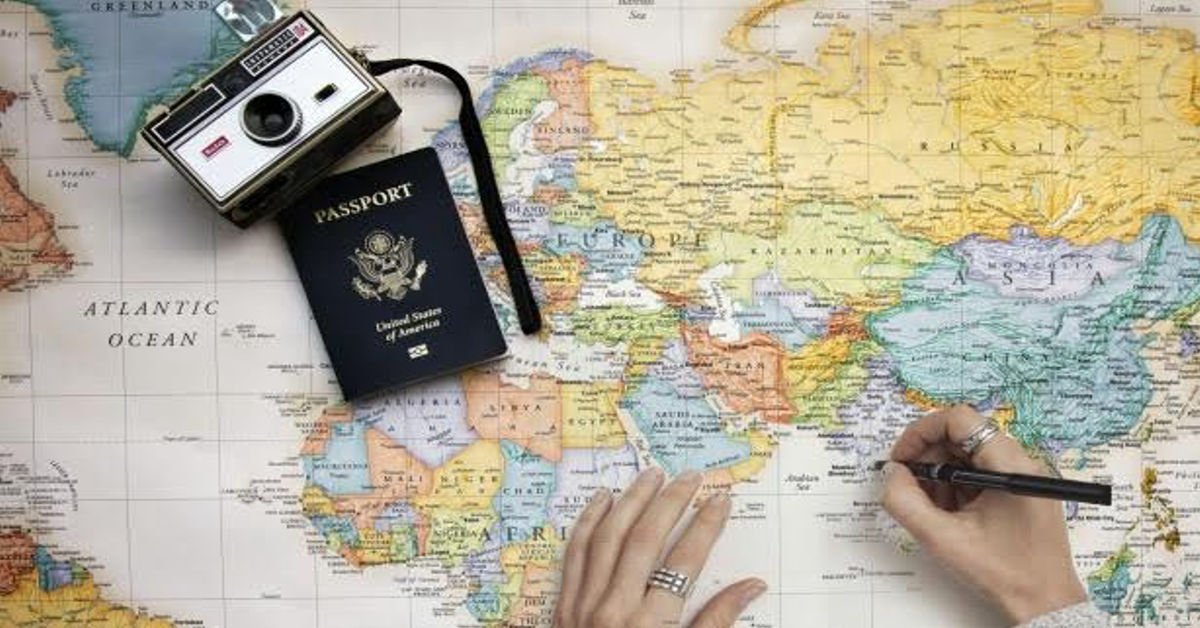In recent years, travel has taken on a new purpose. It’s no longer just about sightseeing, checking boxes on a bucket list, or snapping the perfect Instagram shot. More and more, people are traveling to heal, to reset, and to reconnect — not just with new places, but with themselves. This growing phenomenon is known as wellness tourism, and it’s redefining what it means to take a vacation.
From silent retreats in the mountains of Thailand to forest bathing in the Japanese countryside, wellness tourism is now a multibillion-dollar global industry. But what’s behind this shift? Why are travelers prioritizing mindfulness and inner peace over nightlife and shopping sprees? And what does this say about the direction of modern lifestyle culture?
Escaping Burnout Culture
Burnout has become a defining experience of the 21st century. With our always-on digital lives, remote work that never really ends, and the pressure to be productive even while relaxing, many people feel mentally and emotionally depleted. Enter wellness travel — a form of escape that’s not about indulgence, but restoration.
Wellness trips aren’t necessarily about luxury; they’re about intentionality. Travelers are looking for silence, slowness, and depth. A weekend at a yoga camp or an Ayurveda retreat is often seen as more valuable than a five-star hotel with an infinity pool.
The Rise of “Purposeful Travel”
Another key factor in the wellness travel boom is the desire for meaningful experiences. Travelers today want their journeys to align with their values — whether that’s sustainability, personal growth, or health. Hiking through nature reserves, learning breathwork from a local healer, or participating in digital detox workshops are all part of this trend.
Many choose destinations that offer not just beauty but peace: Iceland’s quiet thermal springs, Bali’s rice terraces, or the calming stillness of a Scandinavian cabin. These aren’t just scenic — they’re spiritually grounding.
Wellness Is the New Luxury
Interestingly, the shift toward wellness has also changed the idea of “luxury.” While lavish shopping and exclusive clubs once defined elite travel, today’s status symbols are more subtle: a week of guided fasting, a customized sound therapy session, or a private meditation dome overlooking the jungle.
Social media influencers and high-profile celebrities have fueled this change, promoting wellness-focused getaways as part of their brand. But unlike the fast-paced content of the past, these experiences are shared more slowly, reflectively — emphasizing presence over performance.
Tech-Enabled Peace (Yes, It’s Possible)
At first, it might seem ironic to talk about peace and tech in the same sentence — but technology has played a role in making wellness more accessible. From mindfulness apps to curated digital experiences, people are finding new ways to calm the mind and care for themselves, even in short moments throughout the day.
For example, travelers who want to unwind between flights or while waiting at a remote lodge often turn to calming digital entertainment reading, puzzle games, nature soundscapes, or even exploring a casino website for light entertainment, where the goal is not overstimulation but brief, relaxing diversion. The key is intention — using tech as a tool, not a crutch.
The New Travel Companions: Silence, Stillness, and Simplicity
Silence used to be something people feared when traveling alone. Now, it’s seen as a luxury. More wellness travelers seek out places where Wi-Fi is optional and the itinerary includes scheduled “nothing time.” In our overstimulated world, this kind of stillness feels radical — and restorative.
Slow travel is part of this philosophy. Instead of cramming five cities into seven days, people choose to immerse themselves in one location for a longer period. They learn local customs, form genuine connections, and return home not just with photos, but with renewed perspective.
How to Start Your Own Wellness Travel Journey
You don’t need to fly across the world to begin exploring wellness through travel. Here are a few simple ways to get started:
- Choose locations with natural beauty over urban noise.
- Prioritize experiences over things — hiking, bathing in hot springs, local cooking classes.
- Plan intentional downtime. Don’t over-schedule; leave space to just be.
- Unplug — even for a few hours each day.
- Follow your energy. Don’t go where everyone else is going — go where you feel drawn.
Final Thoughts
Wellness travel is more than a trend — it’s a lifestyle shift. It represents a desire to live more consciously, to reconnect with what truly matters, and to return from a trip not just rested, but transformed. As the world grows louder, faster, and more demanding, choosing stillness becomes one of the most powerful acts of self-care.
So the next time you plan a getaway, ask yourself What am I really searching for? If the answer is clarity, balance, or peace — you might already be on the path to mindful travel.







